Oral Surgery Procedures
Wisdom Tooth Removal (3rd Molars)
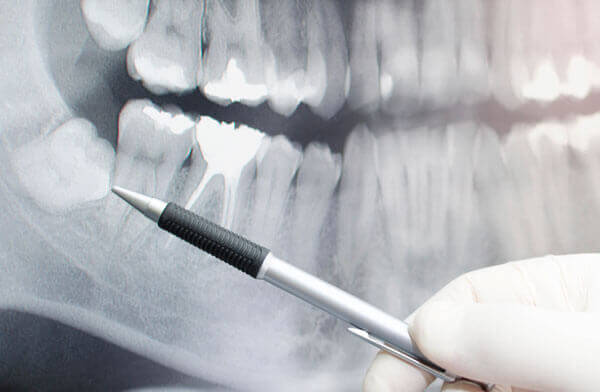
A wisdom tooth that is deemed problematic is normally extracted to avoid any oral complications. To have a wisdom tooth removed, a small incision is made to open up the gum tissue over the tooth and remove any bone that is covering the tooth. Once the tooth is in view, it is grasped with a dental instrument, known as a forcep, and gently rocked back and forth to loosen it from the jaw bone and surrounding ligaments. Sometimes the tooth may need to be cut into smaller pieces to make it easier for removal. Stitches may be necessary after the removal of a wisdom tooth.
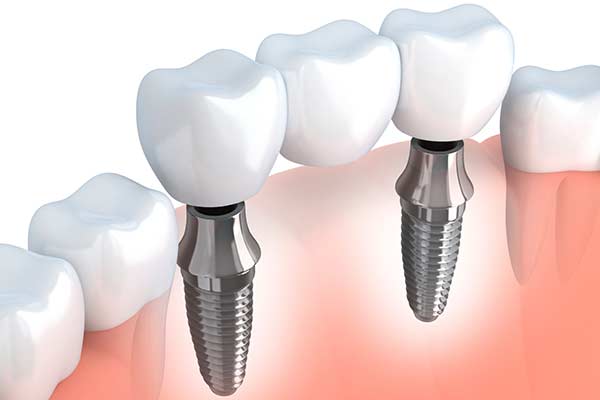
Dental implants are used to replace tooth roots. Implants provide a strong foundation for fixed or removable replacement teeth. Dental implants are small anchors made of biocompatible metal, called titanium, placed in the jawbone. The anchors begin to fuse with the bone over a few months. After the fusing process, known as osseointegration, abutment posts are inserted into the anchors to allow for the attachment of the replacement teeth. To fabricate the replacement teeth, an impression is taken and a model of the bite is created. The replacement teeth are based on this model. Replacement teeth can either be crowns, bridges or dentures.
Impacted Tooth & Tooth Exposure
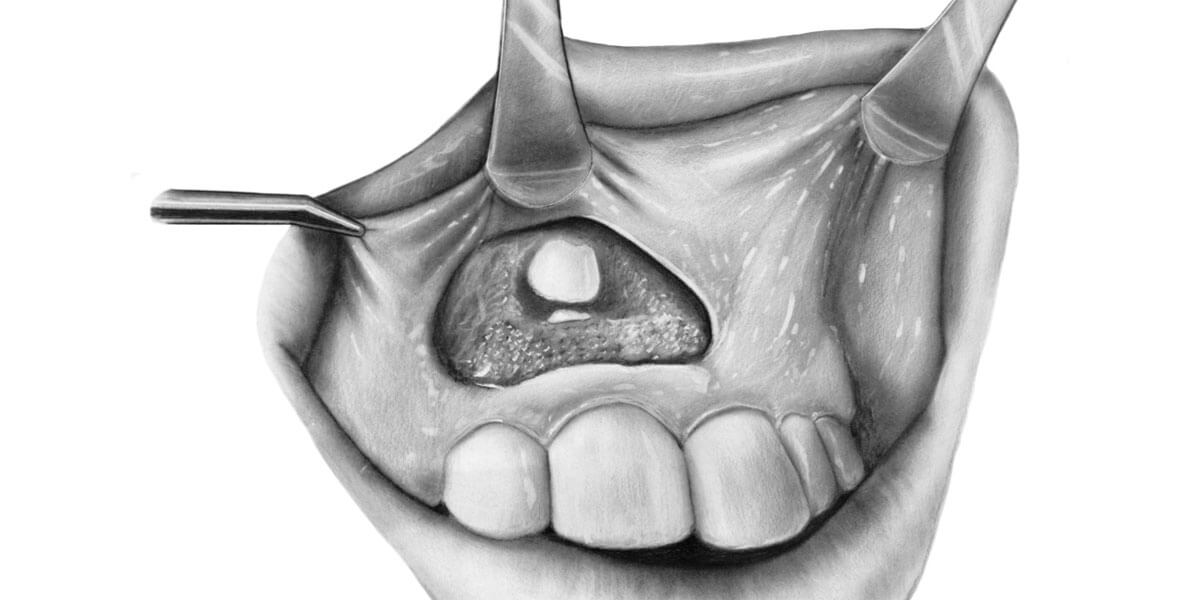
An impacted tooth is a tooth that fails to fully pass through the gums.
Impacted wisdom and cuspid (or canine) teeth are fairly common. To correct impacted teeth, there are a few treatment options. For impacted wisdom teeth, the most common procedure is extraction. For impacted canine teeth, several treatment modalities are available. Orthodontics (braces) can be used to open space for proper eruption. Primary (baby) teeth can either be extracted or surgically exposed to allow for the placement of an orthodontic bracket to help align the teeth.
Bone Grafting
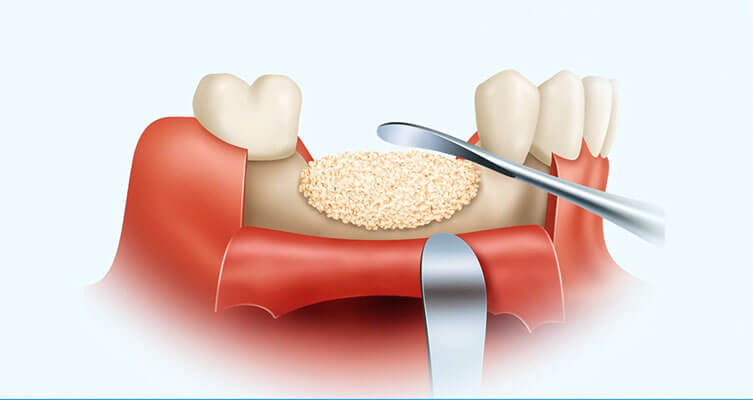
Once a tooth is extracted, a bowl-shaped bony socket is left in the jaw. During the healing process, much of the bone around the socket can slowly dissolve away, or atrophy, because the tooth is no longer present. Bone loss can make it difficult for a patient to replace the missing tooth with a dental implant. One simple way to preserve bone in the jaw is to pack bone graft material into the extraction socket when the tooth is extracted and then suture a thin membrane over the graft to help preserve the graft. After 3 to 6 months of healing, solid bone forms that can support a dental implant.
Tooth Extractions
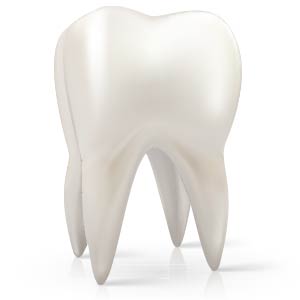
A tooth that can not be saved with restorative materials may need to be removed. Before removing your tooth, the area will be numbed with anesthesia. The tooth is then loosened using a special dental instrument known as an elevator. After it is loosened from the socket, it is removed by a forcep, a dental instrument commonly used in dental extractions. Stitches may be necessary after the removal of a tooth.
Full Mouth Restoration
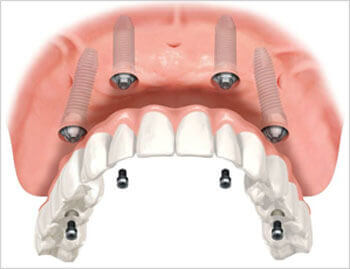
Do you have many missing or failing teeth? Do you hate your dentures? Are you ready for a permanent solution? Do you want beautiful new teeth in just ONE day? Call today to schedule a consultation with one of our oral surgeons to discuss your Full Implant Restoration.
Our Full Implant Restoration is a unique dental implant solution that allows patients who are missing all of their upper or lower teeth to replace with a new set of permanent teeth, using dental implants as “anchors”. Easy to care for, your Full Implant Restoration can simulate the look and feel of natural teeth, and stays fixed in place. Patients will not experience the typical rocking and movement or gum irritation associated with removable dentures.
On the day of your scheduled surgery, you can leave our office the same day with a beautiful Full Implant Restoration, reducing both overall cost and healing time compared to single dental implants.
